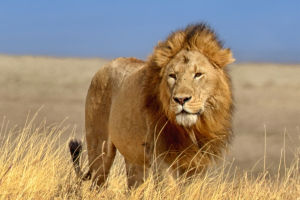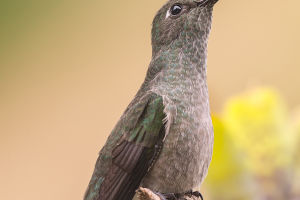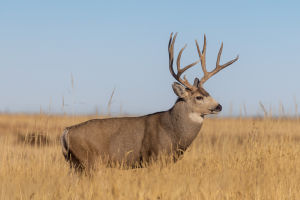
The lion, often called the “King of the Jungle,” embodies power, courage, and nobility. Found in the grasslands, savannas, and open woodlands of Africa and parts of Asia, lions are among the most iconic and revered creatures in the animal kingdom.
Their majestic manes and commanding presence have inspired countless legends, artworks, and cultural representations.
Habitat and Range
Lions primarily inhabit sub-Saharan Africa, with a small population of Asiatic lions surviving in the Gir Forest of India. Unlike the dense forests often associated with the term “jungle,” lions thrive in open landscapes where they can hunt and roam freely.
Physical Characteristics
Lions are the second-largest big cats, following tigers.
Males: Recognized by their majestic manes, which range in color from blond to black, males can weigh up to 190 kg (420 lbs).
Females: Slightly smaller and without manes, females are the primary hunters in a pride.
Roar: A lion's roar can be heard from up to five miles away, signaling dominance or coordinating with their pride.
Social Structure
Lions are unique among big cats for their social nature, living in groups known as prides.
Prides: Typically consist of 10-15 members, including related females, their cubs, and a few males.
Roles: Females are the primary hunters, while males defend the pride and territory from intruders.
Cubs: Born blind and helpless, lion cubs rely on their mothers for protection and nourishment during their early weeks.
Hunting and Diet
Lions are apex predators, primarily hunting large herbivores like zebras, wildebeests, and buffalo.
Cooperative Hunting: Females work together to ambush prey, using stealth and teamwork for successful kills.
Carnivorous Diet: A lion can consume up to 40 kg (88 lbs) of meat in a single meal.
Conservation Status
Once widespread across Africa, Europe, and Asia, lions now face threats from habitat loss, human conflict, and poaching.
Status: Lions are classified as vulnerable by the IUCN, with populations declining in the wild.
Conservation Efforts: Protected reserves and national parks, such as Serengeti National Park in Tanzania, play a crucial role in preserving lion habitats.
Cultural Significance
Lions have been a symbol of strength and royalty for centuries:
Mythology: Often depicted as divine or protective figures in ancient cultures.
Modern Symbolism: Represent bravery and leadership, appearing on national emblems and flags.
Fun Facts About Lions
Lions spend up to 20 hours a day resting, conserving energy for hunting.
A lion’s mane darkens with age, often signaling health and dominance.
Asiatic lions are slightly smaller than their African cousins and have a distinctive fold of skin along their bellies.
Lykkers, let the lion inspire you with its strength and unity. Whether in nature or symbolically, lions teach us about courage, teamwork, and leadership. Embrace the lion’s spirit as you face challenges and stand tall in your own pride.
Cool Facts About Lions | Things You Wanna Know
Video by Nat Geo Kids


